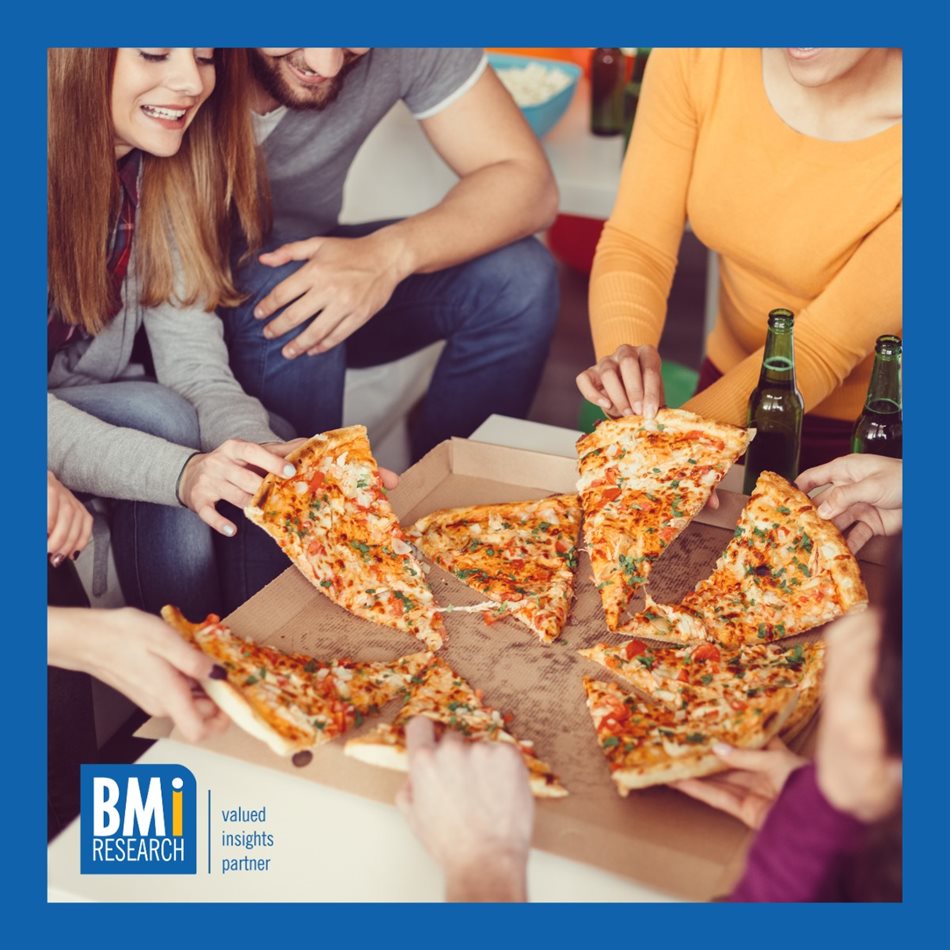South Africans are changing the way they eat their main meals as a result of loadshedding, recent research from BMi Research shows. Despite tough economic conditions, consumers are buying more takeaways, convenience meals and deli meals than ever before, presenting an opportunity for brand owners to tap into this growing trend.
The research was done in collaboration with Spark Media and surveyed 900 million main meals as eaten by South Africans in the month between August and September 2023.
The findings are important because they give retailers and manufacturers real insight into why consumers’ baskets are shrinking at the tills and where that spend is going instead.
For instance, loadshedding forced 17% of respondents to eat their main meals earlier or later. Others changed the type of meal eaten or how it was cooked, while others still chose to eat a convenience meal. A convenience meal is classified as a quick service restaurant (QSR) or fast-food takeaway, a supermarket deli takeaway, or eating at, or getting takeaways from, a restaurant.
An estimated 4.6 million more convenience dinners were eaten as a result of loadshedding in that month.
This is hugely significant for brand owners operating in the convenience food industry, or those looking to include new product extensions in this sector, which is growing at an incredible rate.
This research is supported by findings from a recent Discovery Bank and Visa survey that showed that South Africans spend 60% more on takeaways and at restaurants during loadshedding stages 5 and 6.
But this is not a one-size-fits all scenario; different income groups slot into this trend at different spots along the convenience meal continuum.
Of the people consuming these meals, 34% were fast food takeaway meals, skewed towards the lower income sector; 26% were restaurant meals, skewed towards the upper-income sector; 26% were ready-to-eat meals, skewed towards the lower income bracket; 10% were supermarket deli or canteen meals; and 4% were leftovers from a previous takeaway or restaurant meal.
The upper-income consumers eating out at a restaurant during loadshedding preferred fine dining establishments over other eateries.
Within these consumer patterns, two other interesting trends emerged: specific convenience meals were bought on the spur of the moment, while others were part of a planned purchase.
As much as 56% of all takeaways came from spontaneous decision-making, while 60% of supermarket deli meals were planned beforehand and put onto a shopping list. Chicken was the most popular takeaway (48%), followed by burgers (29%) and pizza (22%).
Looking at this data, we can see the golden opportunities for convenience food marketers that want to reach these consumers. Fast food outlets would do good to advertise in places where split decisions regarding the day’s main meal are made i.e. a billboard at a taxi rank. This capitalises on that captive audience who is arriving home to loadshedding and looking for a quick and easy meal option.
This is compared to supermarket retailers with delis that want to reach those consumers who plan their grocery and main meal shopping. In this case, weekly newspaper advertising is a better medium, as we know consumers actively use broadsheet adverts to look for discounts and promotions when compiling their shopping lists.
This hints at a further change emerging from the shadows of loadshedding – the need for marketers to adapt their advertising mix to meet consumers’ changing spending patterns.
Consumers in lower income brackets are less likely to have access to a TV or digital device connected to Wi-Fi during loadshedding, so advertising campaigns should be adapted to rather include SMS and newspaper advertising.
Conversely, food advertisers targeting the upper-income bracket can rely more on online advertising in their media mix with which these consumers actively engage via their digital devices during loadshedding.
There is another aspect layered over this consumer behaviour that must be considered – consumers’ emotional connection to food. Eating is both functional (people must eat) and emotional (people eat to feel better or enjoy eating together).
This research highlighted the significant emotional connection South Africans have to eating their main meals. Around 66% of all main meals are eaten in a social environment, and respondents reported that food tasted better when eaten with family and friends. Food was also seen as a treat at the end of a long day.
It’s clear that people are eating together, revealing an opportunity for meals to be marketed as being ‘shareable’ and as being enjoyed by the whole family or groups of people.
Loadshedding is not going away, and consumers have to feed themselves and their families. The most effective food advertising will be that which focuses on convenience and South Africans’ emotional connection to food, and that is placed in the right channels at the right time.
To obtain further information regarding this research, please visit: https://www.bmi.co.za/project-eat-survey/


































